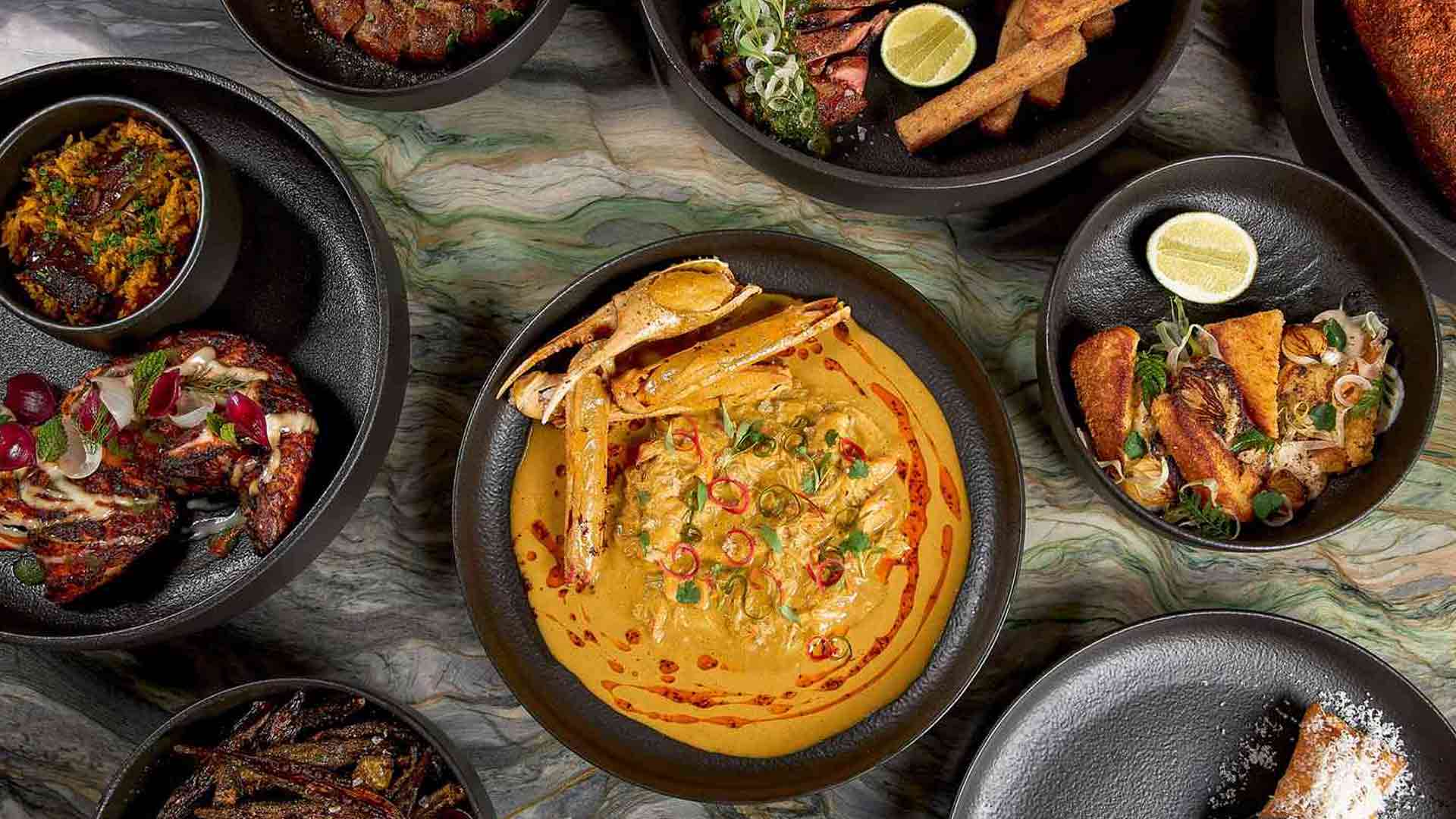From Village Fires to City Lights

From Village Fires to City Lights
The journey of human civilization can be eloquently told through the evolution of its food. This is a culinary history that stretches from the smoky embers of the first village fires to the dazzling, neon-lit kitchens of modern metropolises. It's a story of survival, community, innovation, and art. Understanding this transformation, the incredible evolution of food, reveals not just how we eat, but who we have become as a species.
In the dawn of humanity, food was intrinsically linked to fire. The hearth was the heart of the community. Cooking over an open flame was a communal act, a ritual that brought people together to share resources, stories, and security. These ancient cooking techniques were simple, dictated by the immediate environment. Ingredients were foraged, hunted, and cooked with rudimentary tools. The flavors were primal—smoke, char, and the pure taste of the ingredient itself. This was the era of communal dining in its most fundamental form, a shared pot that symbolized unity and collective survival. The flickering fire was the only light, a beacon against the darkness, and the food cooked upon it was the fuel for progress.
The first major shift in this culinary history came with the agricultural revolution and the establishment of trade routes. Suddenly, communities were not solely reliant on what they could hunt or gather that day. Farming provided consistency and surpluses, while burgeoning trade networks introduced exotic spices, grains, and vegetables from distant lands. The Silk Road, for example, did more than transport goods; it transported flavor. The spice trade fundamentally altered palates across the world, turning cooking from a means of survival into an expression of wealth and culture. This was the beginning of global cuisine, as local culinary traditions began to incorporate foreign ingredients and techniques, creating a more complex and varied food landscape.
As societies urbanized, so did their dining habits. The flickering glow of the village fire was gradually replaced by the bright, inviting city lights of the first taverns and inns. The Industrial Revolution accelerated this trend, creating a new working class with a need for quick, affordable meals outside the home. This gave birth to the concept of the restaurant. Cooking became a profession, a craft honed in bustling city kitchens rather than over a communal village fire. Chefs emerged as artisans, and dining out became a form of entertainment and social status. This professionalization of cooking gave rise to the modern restaurant industry, a competitive and creative field where chefs push boundaries, culminating in celebrated lists of the top restaurants in the world. The fine dining experience was born, a testament to how far we had come from simple sustenance.
Today, our culinary landscape is shaped as much by silicon chips as it is by a chef's knife. The "city lights" are now digital. Food technology has revolutionized every aspect of our relationship with food, from precision agriculture and genetic modification to advanced kitchen equipment like sous-vide machines and thermal circulators. Molecular gastronomy deconstructs food to its scientific essentials, creating new textures and flavor combinations that would have been unimaginable a few decades ago. Furthermore, the internet and food delivery apps have created a virtual global food hall, allowing us to sample modern cuisine from around the corner or across the city with a few taps on a screen. This digital transformation represents the latest chapter in the ongoing evolution of food.
From the primal necessity of the village fire to the sophisticated artistry illuminated by city lights, our culinary journey mirrors our own development. Food remains central to our existence, but its meaning has expanded profoundly. It is history on a plate, a reflection of our interconnected world, and a canvas for future innovation. The next time you sit down for a meal, whether it’s a simple barbecue or a complex tasting menu, remember the long and flavorful path it took to get to your table—a path lit first by fire, and now, by endless city lights.